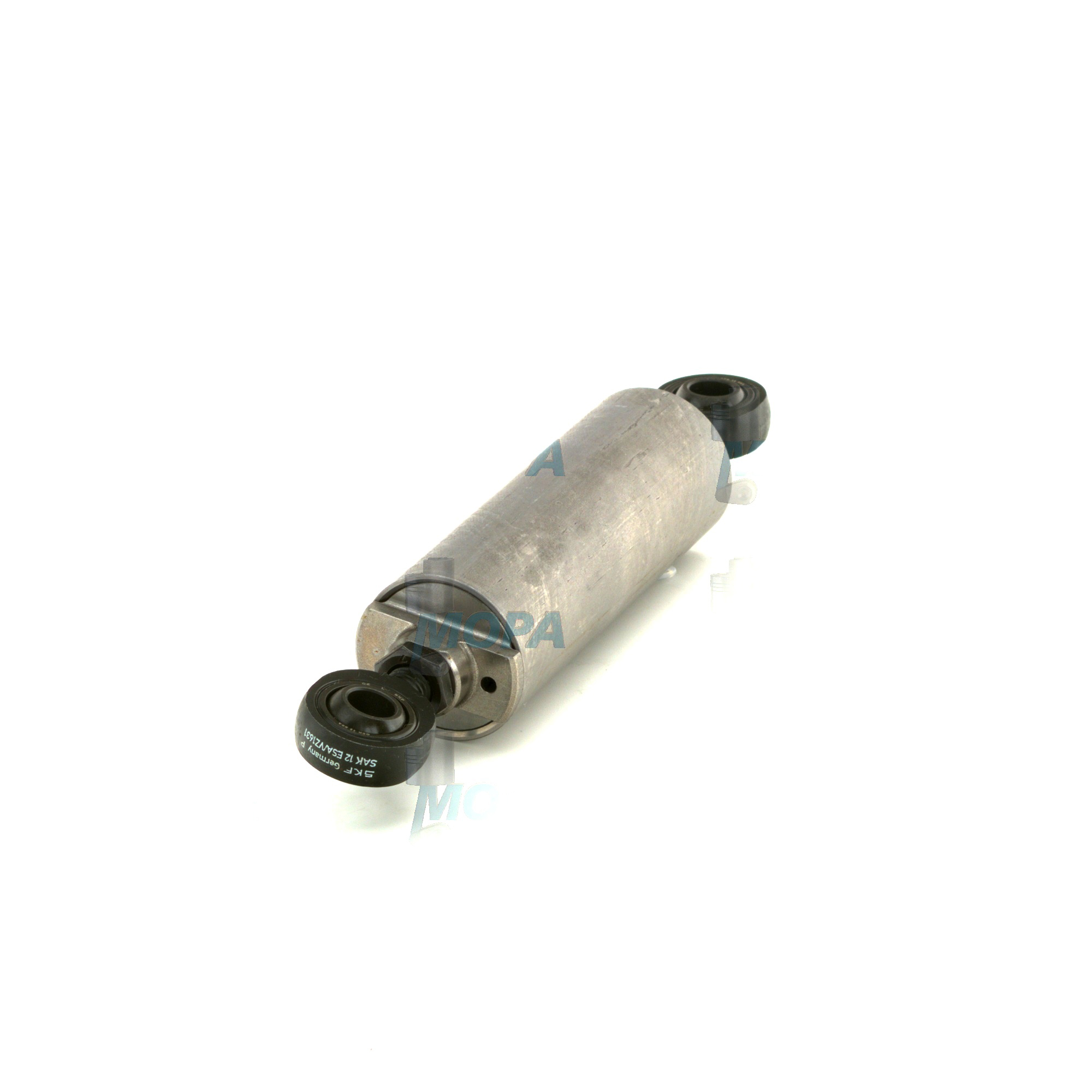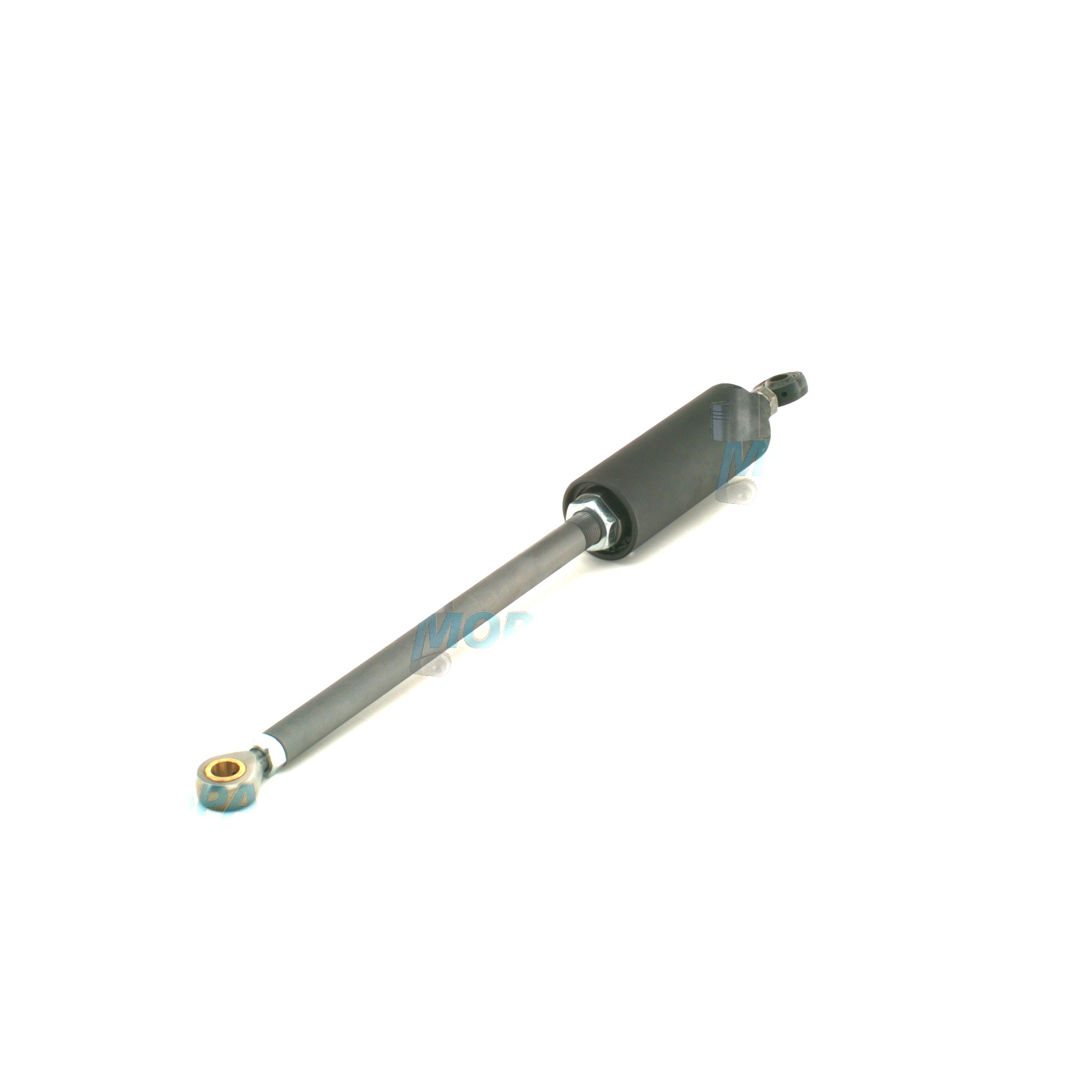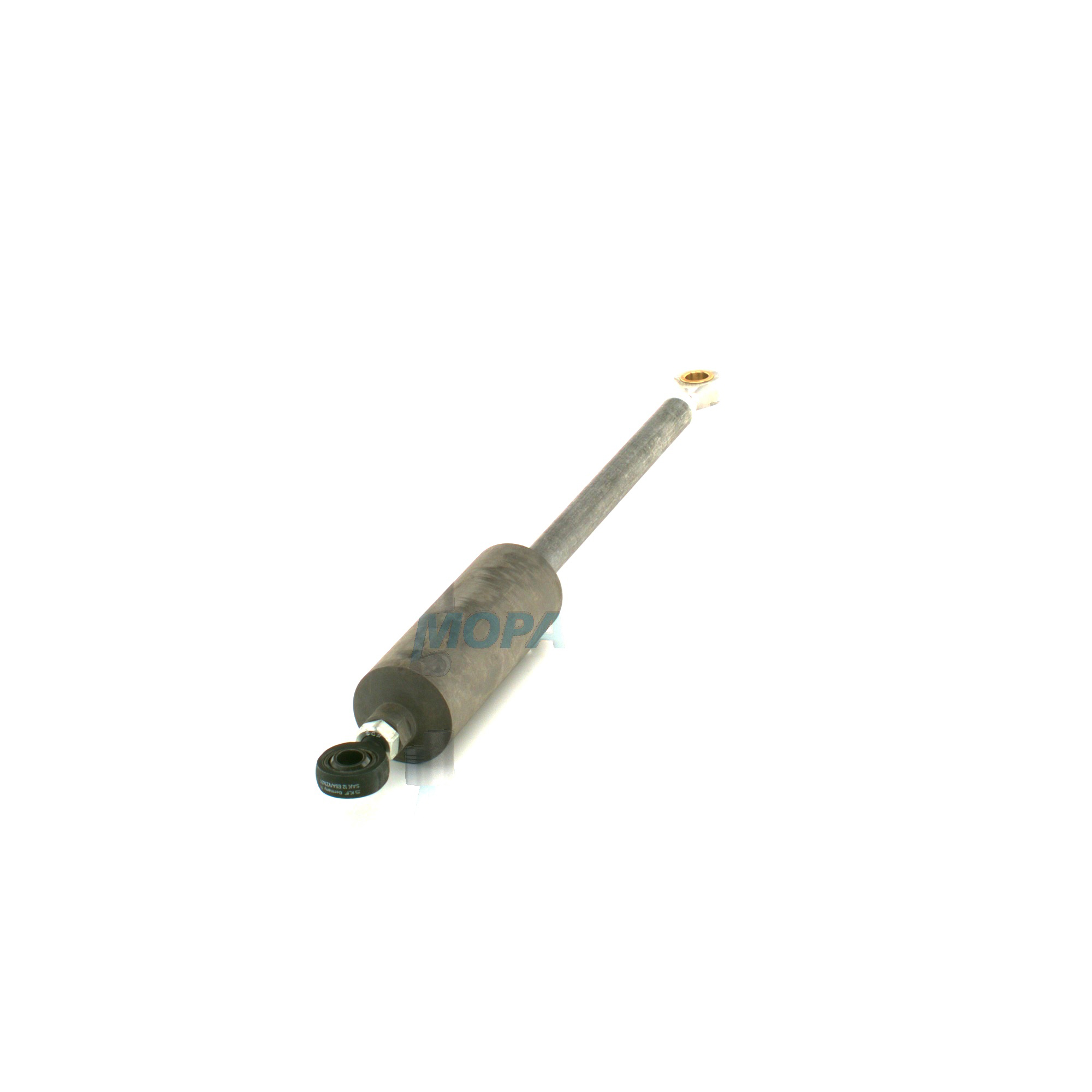PRESSURE CYLINDER solutions for air supply and compressed air systems
Air supply and compressed air is a core article category that covers all components guiding, compressing, storing, drying, and distributing air throughout an engine system. From turbocharged intake and scavenge air to starting air and control air, this category directly influences combustion quality, start-up reliability, automation functions, and onboard safety. In marine, power plant, and industrial applications, correctly engineered air supply and compressed air assemblies keep diesel and gas engines performing within design limits while safeguarding critical operations.
In practice, air supply and compressed air includes turbochargers, blowers, compressors, filters, separators, dryers, valves, regulators, manifolds, receivers, and the PRESSURE CYLINDER storage vessels that stabilize pneumatic energy. Together they form a tightly coordinated network that secures air quantity, cleanliness, pressure, and temperature—four parameters that determine engine efficiency, emissions, and lifecycle costs.
Air supply and compressed air in a diesel engine: role of the PRESSURE CYLINDER
Every engine depends on a steady mass of clean, well-conditioned air. On a diesel engine, the intake side is boosted by turbochargers or scavenge blowers; charge air coolers reduce temperature to increase density, and fine filtration removes particulates and salt aerosols. Compressed air systems then take over for functions that require stored energy: starting air for cranking large-bore engines, control air for pneumatic actuation, and instrument air for automation. Here, the PRESSURE CYLINDER acts as a calibrated reservoir and stabilizer, smoothing compressor pulsations and delivering the flow needed for peak loads. In a marine engine, correctly sized receivers and PRESSURE CYLINDER assemblies ensure reliable starts even under cold conditions and heavy electrical loads.
Within this framework, a PRESSURE CYLINDER marine engine configuration works in tandem with non-return valves, starting valves, unloading devices, and safety reliefs. On the control side, regulators and dryers maintain dew point and pressure setpoints, preventing corrosion in lines and sticking of actuators. Filtration and coalescing remove oil carryover from compressors to protect downstream solenoids and proportional valves. When specified with OEM parts, the PRESSURE CYLINDER and auxiliary equipment maintain certified wall thickness, thread quality, and nozzle geometry—key factors for repeatable performance in dynamic duty cycles.
- · Stable air mass flow for optimal combustion
- · Reliable starting air availability via PRESSURE CYLINDER storage
- · Clean, dry control air for precise automation
- · Reduced thermal stress through effective charge-air cooling
- · Lower fuel consumption through consistent intake conditions
- · Enhanced safety with calibrated relief and non-return protection
- · Longer component life via proper filtration and dehydration
Technical function of air supply and compressed air with PRESSURE CYLINDER OEM parts
Performance and efficiency hinge on how well the air path is engineered. Turbochargers and blowers set the pressure ratio; coolers optimize density; manifolds and ports distribute air uniformly to cylinders. On the compressed air side, the PRESSURE CYLINDER diesel engine arrangement buffers demand spikes—for example, during sequential starting of multi-cylinder units or when multiple pneumatic consumers actuate simultaneously. Well-matched regulators keep instrument air at stable pressures, avoiding valve chatter and hunting in control loops.
Safety is integral. Relief valves on receivers and PRESSURE CYLINDER units prevent overpressure. Drain systems evacuate condensate to eliminate water hammer and corrosion. Monitoring devices—pressure transmitters, dew point sensors, temperature probes—feed automation systems to trigger alarms, manage compressor load/unload cycles, and schedule maintenance. The result is a balanced system that supports fuel economy, emission compliance, and predictable uptime.
Why air supply and compressed air quality is critical for engine reliability
Degraded air systems quickly translate into operational risk. Fouled filters and ineffective separators raise charge-air contamination, eroding turbo efficiency and elevating specific fuel oil consumption. Leaking lines or an undersized PRESSURE CYLINDER reduce starting air margins, causing slow roll, failed starts, and elevated thermal cycling. Wet instrument air leads to corrosion, sticking spools, and erratic actuator behavior—jeopardizing safety interlocks and engine protection. Heat exchanger fouling increases charge-air temperatures, inviting detonation risk on gas engines and reducing power on diesels.
Over time, such issues compound: turbo surge, increased exhaust temperatures, liner polishing, and accelerated wear on valves and seats. Maintaining the integrity of air supply and compressed air assemblies is therefore a direct lever on reliability, service intervals, and lifecycle cost.
Advantages of OEM spare parts suitable for air supply and compressed air
Using OEM spare parts suitable for this category ensures that flow paths, materials, and safety tolerances match the engine maker’s intent. Dimensional accuracy in compressors, valves, and PRESSURE CYLINDER connections maintains sealing and vibration resistance. Materials certified for pressure vessels and high-temperature service resist fatigue, corrosion, and stress cracking. The result is predictable behavior under transient loads and longer maintenance intervals.
For purchasers and technical managers, the advantages are measurable: higher compressor efficiency, stable regulator performance, consistent dew points, and verified relief settings. Traceable manufacturing routes and controlled tolerances reduce the risk of alignment issues, leaks, and premature failure—protecting budgets by minimizing unplanned downtime and secondary damage.
PRESSURE CYLINDER OEM parts for marine engine and diesel engine applications
PRESSURE CYLINDER OEM parts integrate seamlessly with receivers, manifolds, and valve trains, ensuring correct thread engagement, nozzle orientation, and wall thickness. In marine engine rooms, where vibration, temperature cycling, and salt-laden atmospheres add stress, such parts maintain pressure integrity and maintain safety margins. In a diesel engine power plant, correct internal coating and certified weld procedures limit corrosion and extend inspection intervals. Specifying PRESSURE CYLINDER OEM parts aligns with compliance needs while preserving performance and service life.
MOPA as your partner for OEM spare parts in air supply and compressed air
MOPA supplies OEM spare parts for air supply and compressed air with a focus on speed, quality, and security of supply. From PRESSURE CYLINDER components and receivers to compressors, filters, dryers, regulators, and control valves, MOPA supports diesel and gas engines across marine and land-based applications. Global logistics, verified documentation, and rigorous part identification safeguard your project timelines and operational risk profile.
Our team understands starting air and control air architectures, matching components to engine types, load profiles, and environmental conditions. Whether you need rapid replenishment, stock consolidation for a dry-dock, or technical cross-checks against engine serial numbers, MOPA delivers reliable availability and proven selection for OEM parts.
Conclusion: PRESSURE CYLINDER and air supply and compressed air
Air supply and compressed air systems—anchored by correctly specified PRESSURE CYLINDER assemblies—are foundational to engine performance, efficiency, and safety. Protect uptime and optimize lifecycle costs by choosing OEM spare parts suitable for this category.
MOPA stands ready to provide the right OEM parts, fast and secure, for diesel and gas engines in marine and industrial service.




